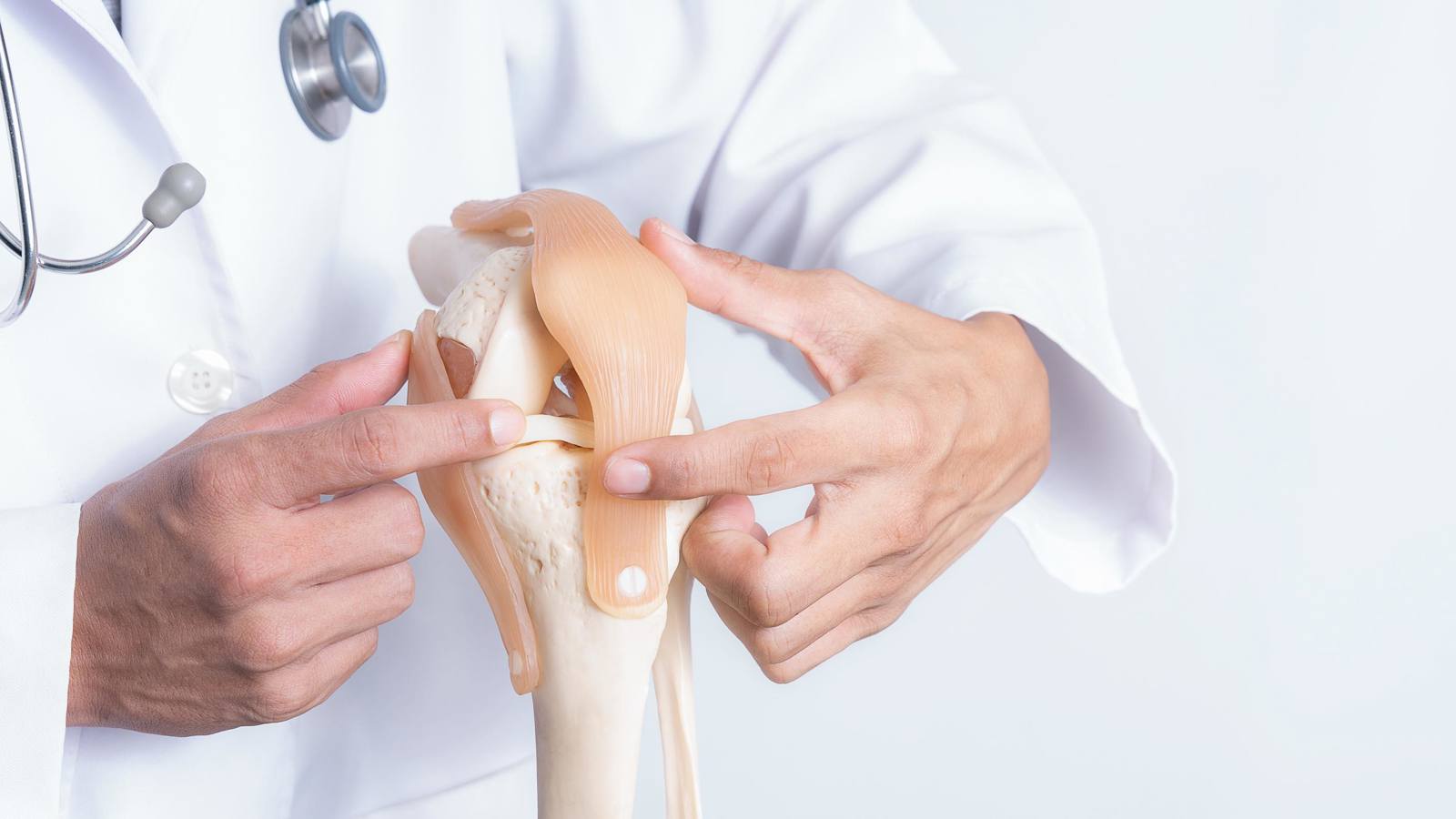
Understanding the texture and properties of cartilage using a Texture Analyser for biomedical research

Understanding the texture and properties of cartilage is crucial in biomedical research, as it can have a significant impact on the development of treatments for conditions such as osteoarthritis and other joint-related diseases. One useful tool for examining these properties is a Texture Analyser, which allows researchers to measure and quantify various characteristics of cartilage samples. Cartilage is a connective tissue found in many parts of the body, including the joints, ears, and nose. It provides support, cushioning, and flexibility to these areas. However, cartilage can undergo significant changes due to aging, injury, or disease, leading to decreased functionality and pain in affected individuals.
To better understand the texture of cartilage, researchers use a Texture Analyser, a device commonly used in materials science and food technology. This instrument can accurately measure and quantify various properties of cartilage samples, such as stiffness, hardness, adhesiveness, and fracturability.
One commonly employed method in cartilage analysis is compression testing. In this test, a cartilage sample is placed between two plates, and a controlled force is applied to compress the sample. The Texture Analyser then measures the force required to compress the sample and provides data on parameters such as compressive strength and elastic modulus.
Another technique used with a Texture Analyser is penetration testing. In this method, a needle or probe is driven into the cartilage sample at a constant speed and force, measuring its penetration depth. This test helps researchers determine parameters such as penetration force and work of penetration, providing valuable insights into the softness or firmness of the cartilage.
The Texture Analyser can also perform a peel test to evaluate the adhesiveness of cartilage. In this test, a cartilage sample is attached to two plates with an adhesive, and then the plates are separated at a controlled speed and force. The Texture Analyser measures the force required to separate the plates, providing information on the adhesion strength of the cartilage.
Fracturability is another crucial aspect of cartilage texture that can be analysed using a Texture Analyser. In this test, a cartilage sample is subjected to a controlled force until it fractures. The Texture Analyser measures the maximum force applied before fracture occurs, providing valuable data on the sample's resilience and resistance to breakage.
The data collected using a Texture Analyser can be further analysed and correlated with other parameters, such as cartilage composition, age, or disease state, to gain additional insights into the tissue's behaviour. For example, researchers can compare the texture properties of healthy cartilage with that of osteoarthritic cartilage to understand the changes that occur in the disease.
Moreover, the Texture Analyser can also be useful in evaluating the effectiveness of potential treatments for cartilage-related conditions. By measuring the texture properties of cartilage samples before and after treatment, researchers can determine if the treatment has positively influenced the tissue's texture and properties.
Typical research examples of how a Texture Analyser has been used in this field:
- An advanced biphasic porous and injectable scaffold displays a fine balance between mechanical strength and remodeling capabilities essential for cartilage regeneration
- Synergistic strategy constructed novel double-network scaffolds with active micro-environment pH stabilization and M2-macrophage polarization for cartilage defect repair
- Combining Diced Cartilage with Chondrocyte Spheroids in GelMA Hydrogel: An Animal Study in Diced Cartilage Grafting Technique
- Psidium guajava L. phenolic compound-reinforced lamellar scaffold for tracheal tissue engineering
- 3D bioprinting of complex tissue scaffolds with in situ homogeneously mixed alginate-chitosan-kaolin bioink using advanced portable biopen
- Magnetic Microcarriers with Accurate Localization and Proliferation of Mesenchymal Stem Cell for Cartilage Defects Repairing
In summary, understanding the texture and properties of cartilage is essential in biomedical research, particularly in the development of treatments for joint-related diseases. A Texture Analyser is a valuable tool that allows researchers to measure and quantify various characteristics of cartilage, such as stiffness, hardness, adhesiveness, and fracturability. By using techniques such as compression testing, penetration testing, peel testing, and fracture testing, researchers can gain valuable insights into the texture properties of cartilage samples and correlate them with other parameters. This information is crucial for designing effective treatments and therapies to improve the lives of individuals with cartilage-related conditions.
Learn more about what other tests material properties a Texture Analyser can measure
See case studies of how industry leaders are already using the Texture Analyser to get ahead of the competition.
Request a demonstration of any of our instruments. Let us know, we’d be happy to show you how things work.














